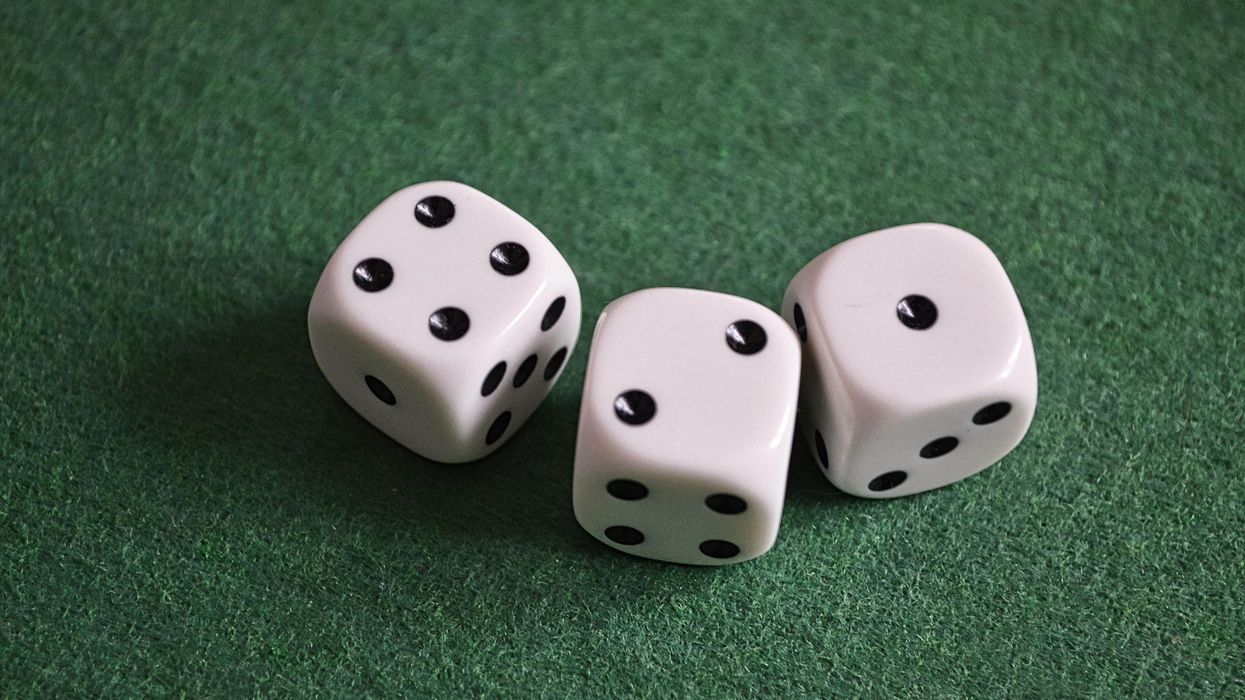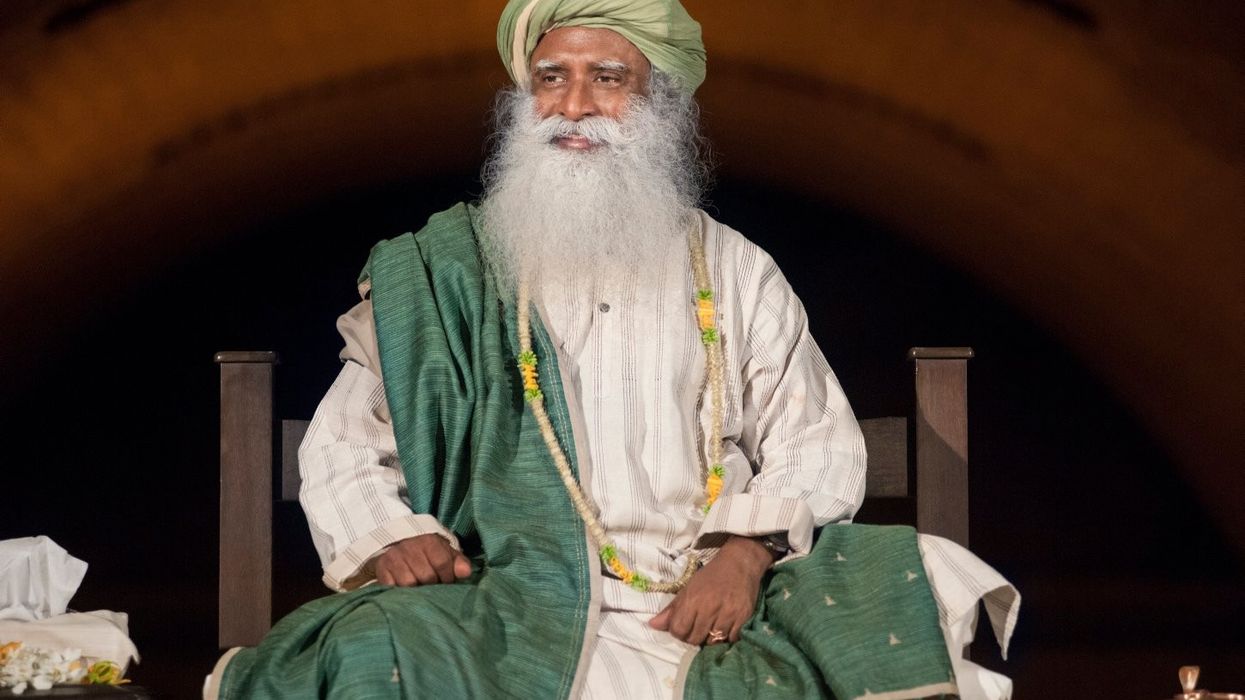by LAUREN CODLING
SOUTH ASIAN children are the most likely to be overweight or obese in the UK, a new study has found.
Fifty per cent of south Asian boys and 40 per cent of girls were shown to be overweight or obese by the time they leave primary school, in research conducted by St George’s, University of London.
Mohammed Hudda, lead author of the study, said the current Body Mass Index (BMI) measure being used does account for ethnicity – but this new measure has been adjusted to incorporate an ethnic component. This means that south Asian and black African children can now be measured more accurately.
“By adjusting the measurements by ethnicity, we have shown that obesity rates among south Asian children have been underestimated while they have been overestimated for black African children,” he explained.
The report, published in the International Journal of Obesity last Thursday (2), shows the over and underestimation in overweight-obesity rates of these particular ethnic groups look to be around 10 per cent underestimated in south Asian children and overestimated in black African children.
In the UK, there are approximately 330,000 school children of south Asian ethnic origin out of 3.7 million children in state-funded primary education.
Dr Kiran Patel, the medical director for West Midlands for NHS England, told Eastern Eye that there has been a “definite increase in obesity” among children leaving primary school and starting secondary education.
“Although we have seen success in infant obesity in the recent Public Health England report released in September, something happens between that and the age of 11 which increases obesity, particularly in ethnic groups, so there is a concerning trend,” Dr Patel said.
“As children grow up and get through primary school and start secondary school, we are seeing increasing levels of obesity.”
Dr Patel, who is also the chair of the South Asian Health Foundation, said obesity at a young age brings challenges related to physical and mental wellbeing, including development of type 2 diabetes and heart disease in later life.
“We are starting to see adolescents with type 2 diabetes which is related to obesity and therefore levels of exercise is a concern,” he said. “Essentially obesity brings with it a challenge to physical and mental health in terms of wellbeing, so the reason we want to drive down rates of obesity is we want to improve the health of children as that plays out into adult life.”
Professor Peter Whincup, co-author of the report, said the UK has a “major” public health challenge due to childhood overweight obesity and it has increased “dramatically” in the last generation.
“I think we do need a national plan to address this,” Professor Whincup said. “It’s got to be all about finding ways of reducing energy intake in children – particularly there are a lot of very concentrated energy sources from certain foods and from drinks containing a large amount of refined sugar.
“We need to find ways of encouraging a reduction in the amount of these that are consumed.”
Professor Whincup’s views were shared by Dr Patel, who said reducing the amount of unhealthy foods consumed can be a challenge.
“It’s very easy to get the wrong type of food – it’s cheaper in many instances,” Dr Patel said. “You walk down the high street and there are lots of takeaway shops, so it is easier to make unhealthy choices so at an individual level, it is the environment in which we live. It’s almost normalised to promote obesity and I know there are lots of initiatives by the government and local authorities that are driving to try and counteract that.”
Shirley Cramer, chief executive for Royal Society of Public Health (RSPH), said although BMI can be a “useful” indicator, it has long been known it isn’t a “totally accurate” measurement for healthy weight.
“The fact is, the childhood obesity epidemic we are currently facing in the UK could spell disaster for our already over-stretched health care services in years to come,” she said.
“Disease and illness related to obesity are expected to cost the NHS £10 billion per year by 2050.”
Cramer added it is “worrying” some children from certain ethnic groups seem to be getting wrongly classified as overweight or obese and therefore receiving inaccurate advice or information.
“Ensuring we are helping those children who may be suffering from overweight or obesity, and supporting their parents must be a priority if we are to reverse the levels of childhood obesity we are experiencing,” she said.
Hudda, who is of a south Asian background, said the higher risk of health problems in the south Asian community highlighted the need for more understanding.
“[There needs to be] more work done right across the board, but particularly in those [south Asian] groups that suffer from a higher type 2 diabetes rate and cardiovascular disease risks later in life, which have been shown to start from childhood,” he explained.
“This work is trying to reassess the whole picture of the burden of obesity to improve the identification of childhood obesity from which we can then delve into prevention strategies.”
Randhiraj Bilan, a member of the Nutritionist Resource, stressed the importance of children being given what they need, rather than what they want, in helping to reduce their risk of obesity.
“An Asian diet does not need to be unhealthy. There are many daals (lentils), grains and vegetables that can be safely added to diets and offer the right amino acids and mineral groups,” Bilan told Eastern Eye.
“Preparation methods will vary in families and these should can be easily reviewed to ensure the integrity and vitality is not lost through cooking.”
Bilan, who is of south Asian descent, claims children need carbohydrates-rich foods, such as whole grain, fruit and milk, in their diets as they are key sources of fibre, calcium and vitamin D.
“Traditional Asian savoury snacks are rich protein sources that could be made available to hungry children who will benefit from these in the long run,” she said. “There are many red rice varieties that can be substituted for white rice and will help children as they offer good sources of protein and vital minerals.”
In a report released by The Lancet medical journal in October, it was reported there are 10 times as many obese children and teenagers in 2016 than in 1975, with around 74 million obese boys aged 5-19 worldwide.
The research, funded by the British Heart Foundation (BHF) and the National Institute of Health Research (NIHR), applied the adjustments to data collected from the National Child Measurement Programme (NCMP), which collects measurements from children in schools annually.












